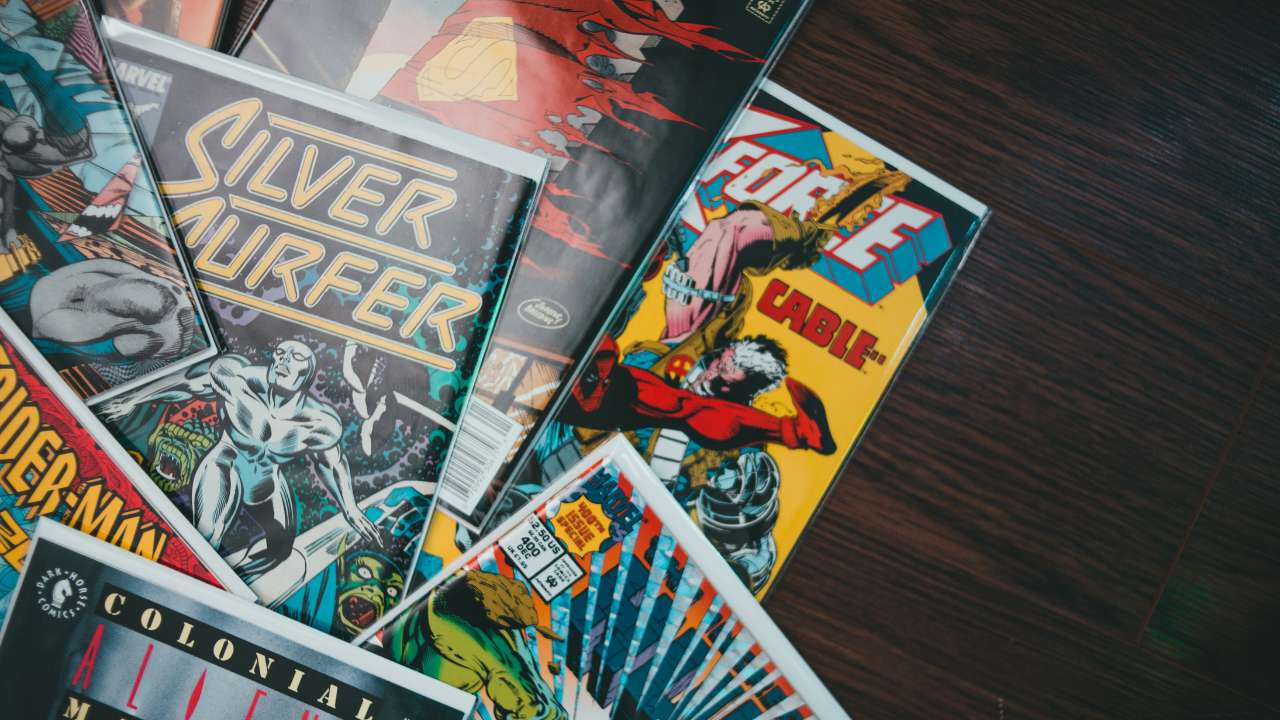Why Quality Printing Is Essential For Your Comic Book’s Success

Whether your comic book features a modern hero or is a black-and-white, classic story, it must be printed professionally. This will ensure proper color matching, bleeds to cover the entire page surface, and correct alignment between full-page spreads.
Once the files are ready, you can upload them to a print-on-demand service. Consider using a crowdfunding platform to bring your book into the world.
Color
American comics were printed in black and white on newsprint for most of comic book history. The print medium and color separation methods of the time limited the colors that could be printed on a page. The colorist had to use water- or powder-based aniline dyes to reproduce their work on paper accurately.
These limitations prevented colorists from putting as much effort into the work as they could have, especially considering that they had to turn out so many pages each month. This caused a lot of the early color work to look rushed and inconsistent.
Resolution
Besides the amount of dots per inch (PPI), resolution is one of the most critical factors in print quality. It determines how sharp and clear your image appears on the printed page.
Herdling says that although it is possible to create comics electronically, they have more impact when people can hold paper versions. The action of a comic stimulates both sides of the brain at once and communicates satire, symbolism, point of view, drama, and puns in ways that cannot be conveyed with text alone.
Moreover, using specialized paper for comic book printing improves image resolution. This is because it offers more dpi than standard printer paper.
Inks

Inking is often overlooked or not given the credit it deserves, but it’s vital to the comic book creation process. Inkers take the pencils and add details, bringing the art to life with their strokes.
The pages of a comic book are printed on large sheets of paper that can be cut and folded into the proper size for binding. Saddle-stitched books have to be a multiple of four, while perfect-bound books can be up to 64 pages.
Choose a thicker paper to avoid printing your comic book on thin, uncoated stock. This will save you production costs while giving you a high-quality finished product.
Paper
The paper you use to work on can significantly impact the results of your artwork. It can distinguish between a crisp and clear comic or one with a dirty look.
Many artists like to work on bristol paper for its strength and ability to take inks well. It is available in smooth and vellum finishes, both good choices depending on your preferred drawing style.
Color can add different emotional affectations to your work, but black and white can convey certain emotions more effectively. For example, black-and-white printing may be better for writing a comic noir or any other dark story.
Bleeds
If you have panels that go to the edge of a page, you need to add extra inks for printing. This is called bleeds and helps ensure your art stays in print.
Printing comics requires a much higher resolution than what is used for viewing on screens. Low-resolution images will look blurry when printed at a large size.
Saddle-stitch is the most common binding style for comic books, though you can also have them perfectly bound or casebound. Casebound is the premium option and is best for collections or larger volumes of a comic series. It’s also a good choice for graphic novels.
Finishing
As with other art forms, comic books have a unique way of conveying ideas. They serve as a bridge from one’s thoughts to the world. Ideally, the artist’s message can run through this gauntlet without losing its essence.
Most comics are printed in a standard size, but they can be sized to suit the creator’s needs. Printing in a custom size can incur additional costs, so it’s best to stay within a standard format for cost efficiency and consistency.
The cover is usually laminated to prevent scuffs and scratches that may be caused during shipping and handling. Comic book creators can choose between Matte or Gloss lamination.


